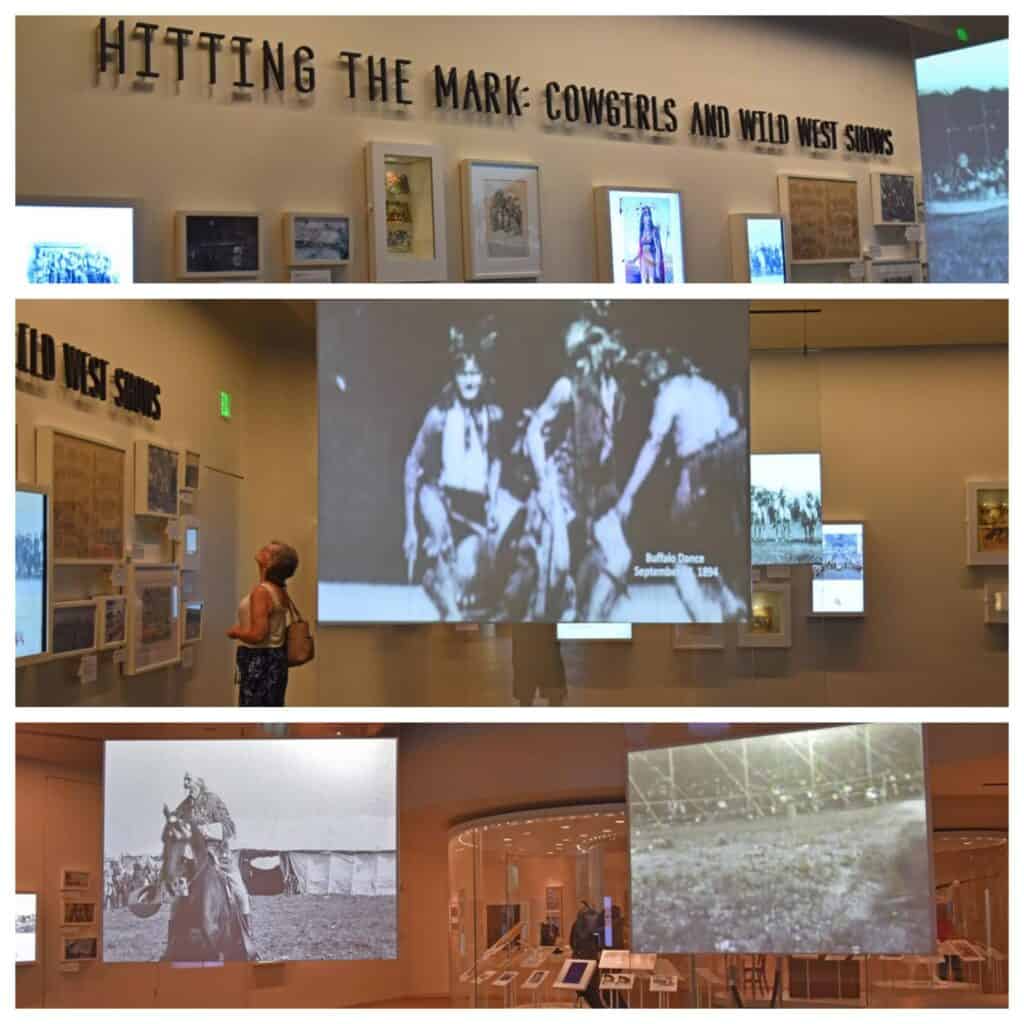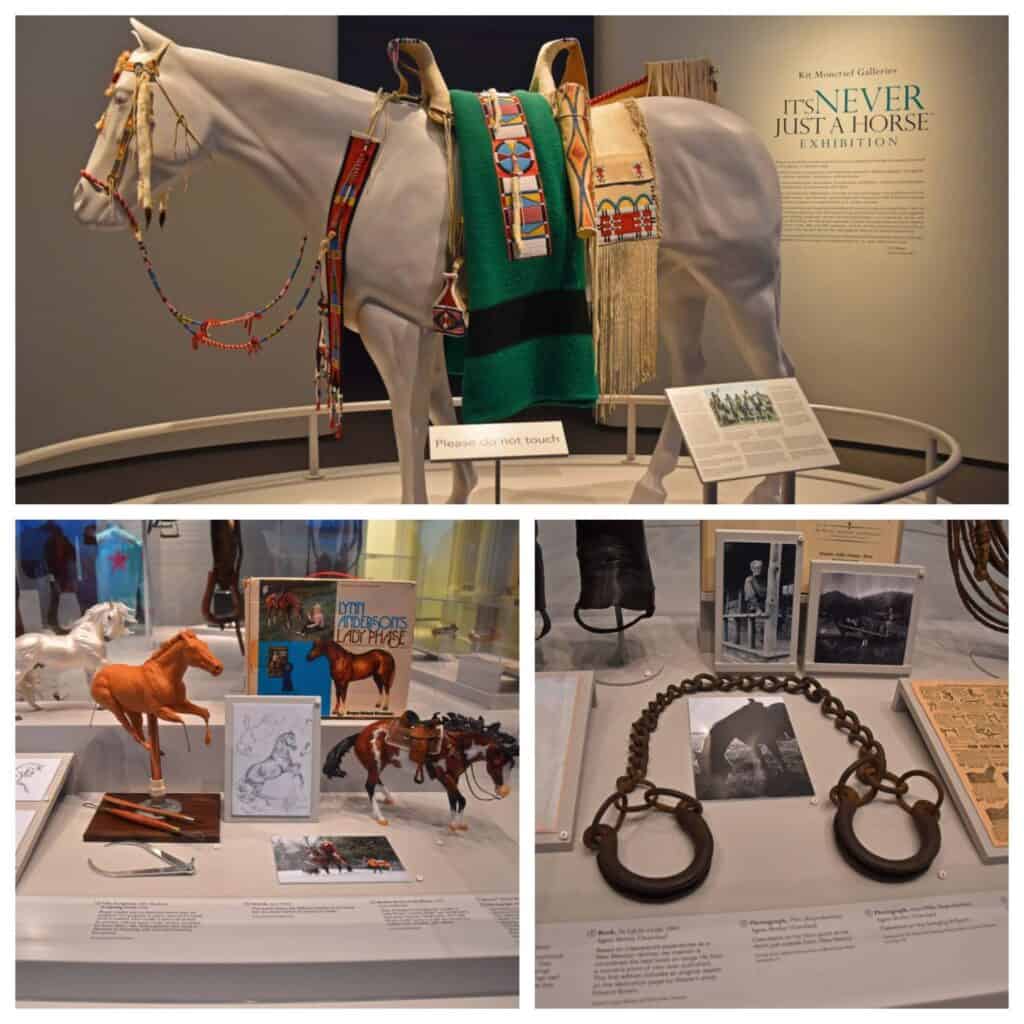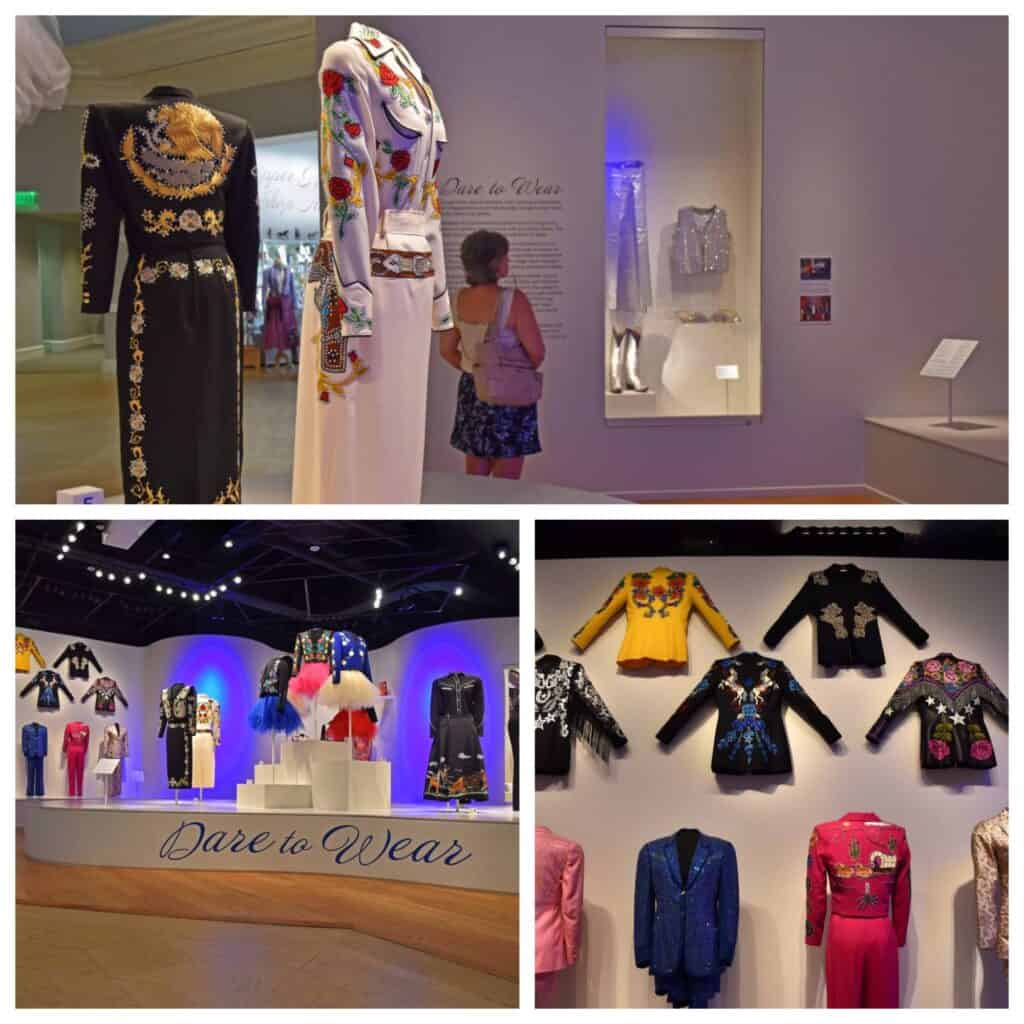When you hear the word “Cowgirl”, what do you picture? For many generations this term was undefined. Women were excluded from this traditionally masculine field of work. Instead, females were defined as the “moral guardians of American culture”. As westward expansion increased, new opportunities opened up for women. The world would discover that women could also ride and shoot. To learn more about these unheralded heroes of the west, we dropped by the National Cowgirl Museum, in Fort Worth, Texas. This one-of-a-kind attraction honors the trailblazing spirit of the women who left their mark on history.
We want to thank the National Cowgirl Museum for hosting our visit. Rest assured all opinions are our own.

Breaking Barriers
In the 1800s, women were still expected to wear skirts and ride sidesaddle. Out on the frontier things were changing. The inclusion of women into the cattle industry didn’t happen overnight. Cowgirls started as helpers working alongside their male counterparts. Daughters of ranchers grew up learning to ride and rope just like their brothers. It was not uncommon for women to run the ranch while the men left on lengthy cattle drives. There are few records about this transition but by the 1890s, the term “cowgirl” began appearing in print.

Leaving Their Mark on History
This was likely a result of the growing popularity of Wild West shows, which began popping up in the 1880s. One of the biggest was Buffalo Bill’s Wild West Show. The traveling vaudeville performances brought the audiences an exaggerated version of the Wild West. Much of the action was designed to recreate historic reenactments, like train robberies or Custer’s Last Stand. Riding and shooting demonstrations were popular with the audiences and this is where many women excelled. Female performers, like Annie Oakley and Calamity Jane, impressed the crowds with their proficiency with guns and horses alike.

Trusted Companion
As we explored the National Cowgirl Museum, we found ourselves in the “It’s Never Just A Horse” exhibit. Here we discovered interesting facts about the connection between rider and steed. I’m not sure how I lived this long but was still unaware of the use of hobbles. These “handcuffs” for horses prevent a long walk home, but still allow the animal to graze. In a nearby alcove, we found a bucking bronc that visitors can use to test their riding skills. I enjoyed this “safe” version and imagined myself in the midst of a rodeo.

Star Power
With the days of Wild West shows over, cowgirls have learned to adapt to the changing landscape. Almost every rodeo will include female participants. We are fans of country music, so seeing some of the familiar names on display was an added bonus. With over 5000 artifacts in their collection, the National Cowgirl Museum has lots to offer visitors. One thing that was a repeating theme is that cowgirls aren’t afraid to show off a little. We were seeing quite a bit of bling in their outfit and accessories. Even their horses would be decked out.

Dare To Wear
The National Cowgirl Museum has a designated space for revolving exhibits. During our visit, they were hosting “Dare To Wear”. On display were a variety of unique outfits designed for various occasions. To say that some were flamboyant may be an understatement. We’re sure that the wearers received plenty of looks when they appeared in these flashy outfits. I think this may be why we liked it so much. It shows that the wearers were not afraid of drawing attention to themselves.

National Cowgirl Museum
It’s strange to think that cowgirls haven’t been recognized more than a few generations. We grew up seeing them in many roles, so we assumed that had always been the case. The National Cowgirl Museum helped us see just how much has changed since the 1800s. These days we cheer on barrel racers or dance to the beat of our favorite female country performers. Cowgirls have become as commonplace as cowboys and we believe that’s how it should be.





